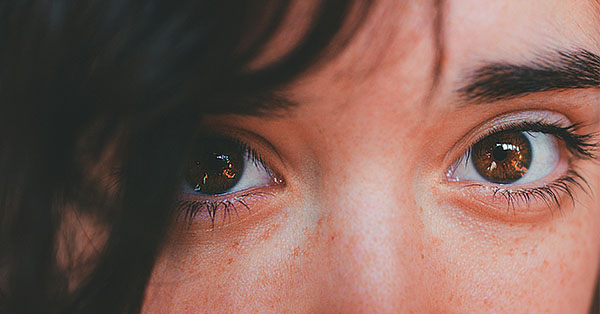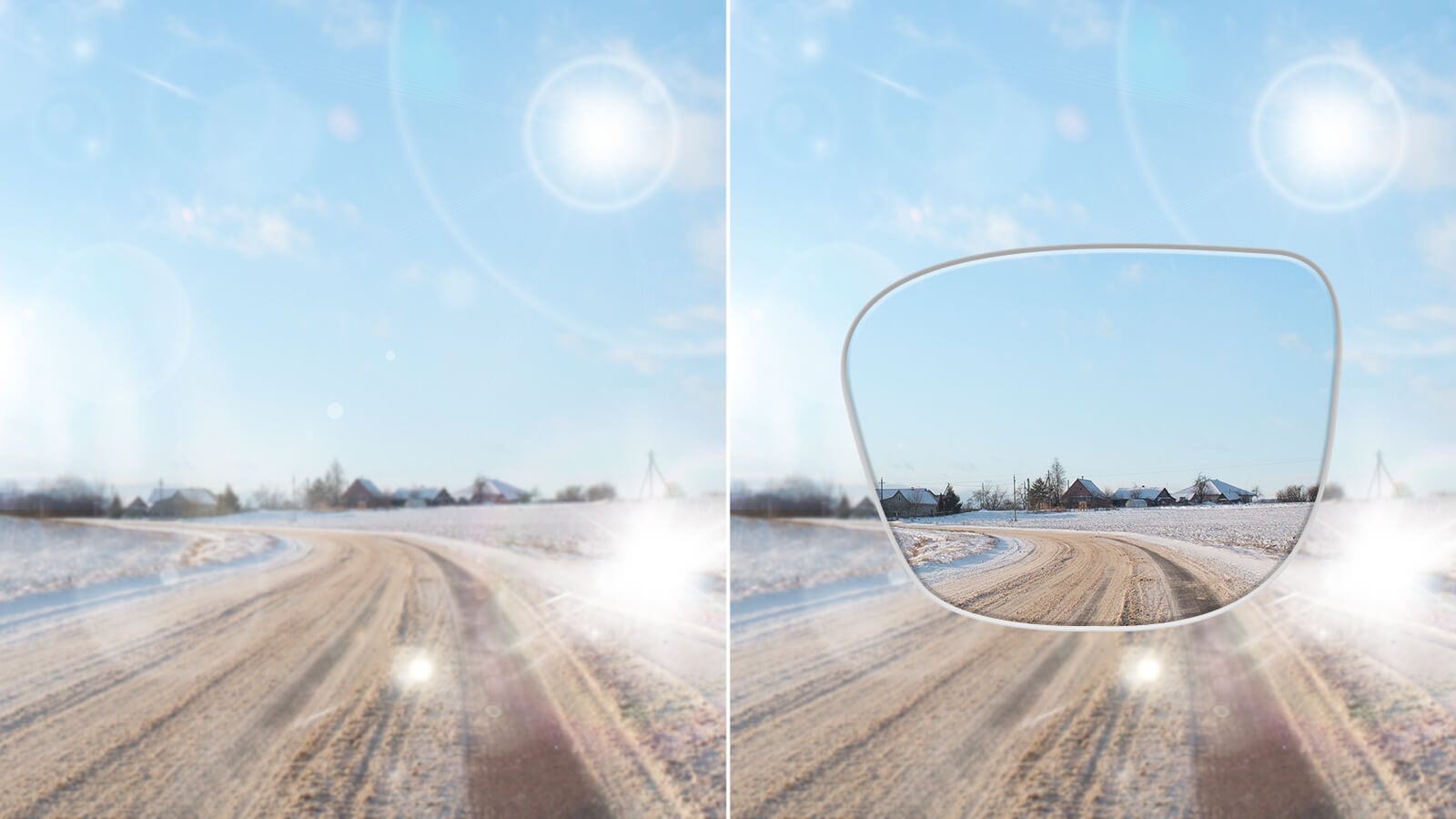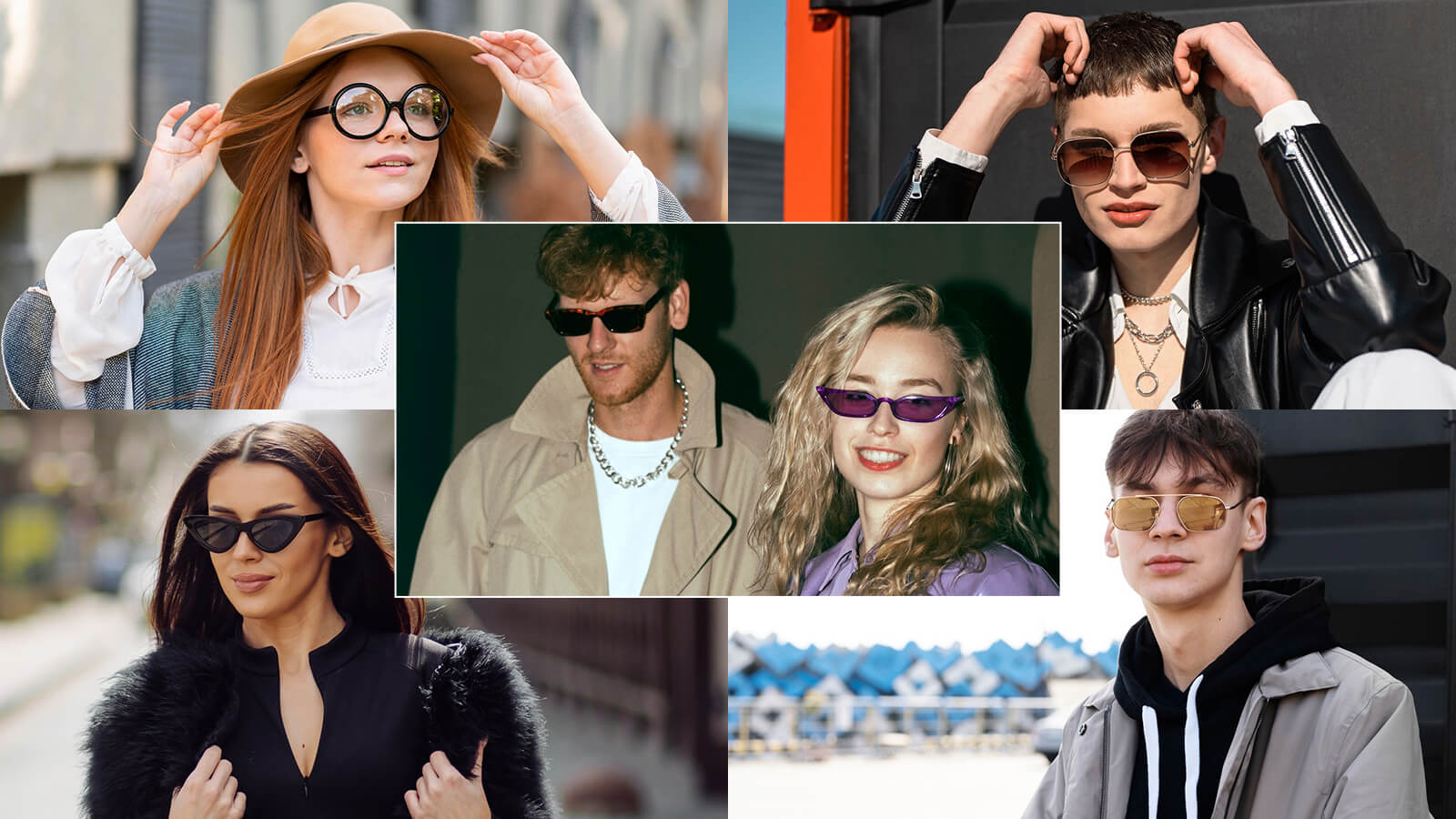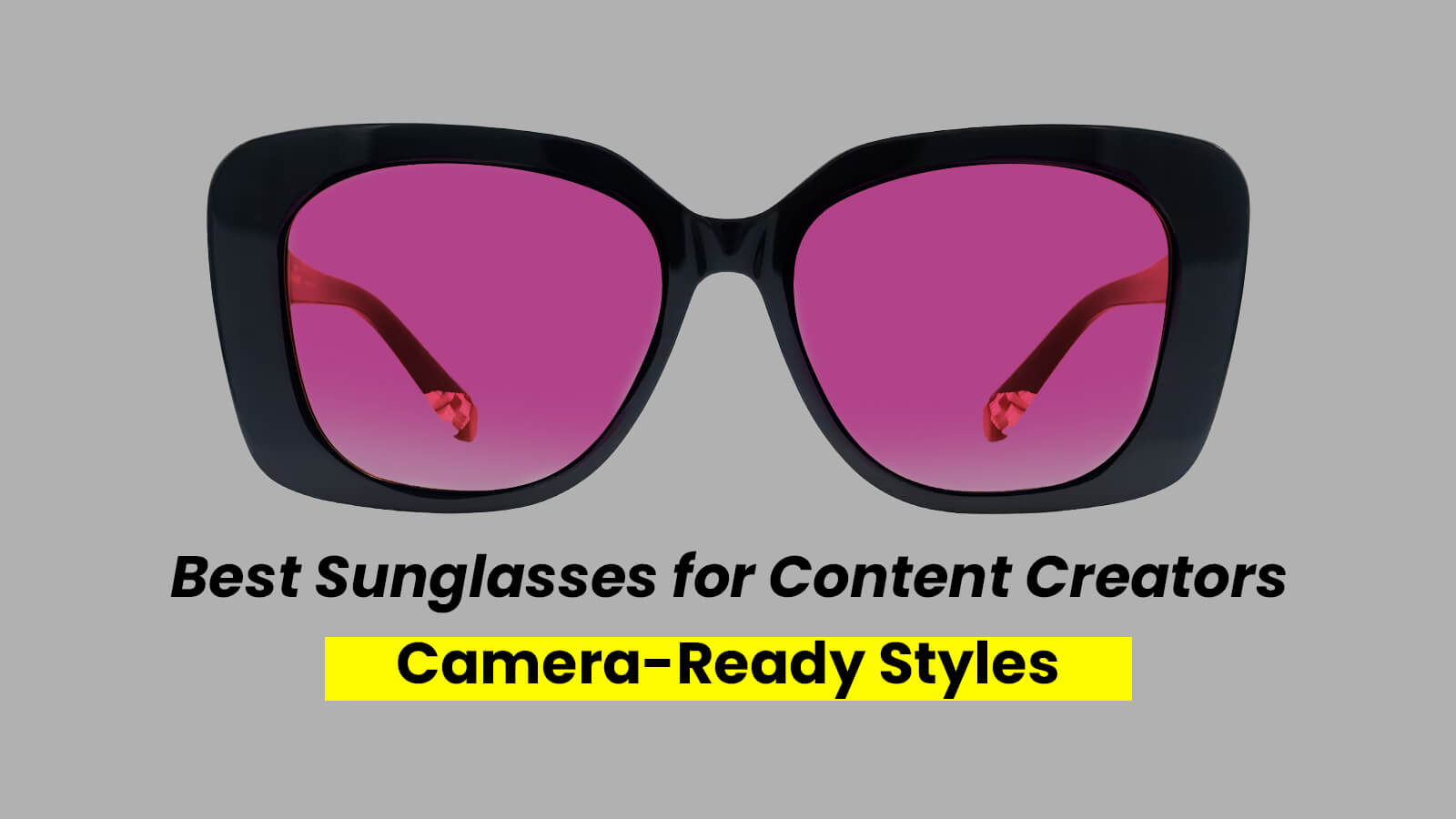
Guide to Picking Glasses That Suit Your Face Shape Perfectly
February 27,2023

What is Boho Style? A Comprehensive Guide to Boho-Chic Fashion
February 13,2025

Virtual Glasses Try On - Find Your Perfect Pair Online
April 02,2024

UV Protection Glasses VS. Blue Light Glasses - Vooglam
July 20,2023

Newest Style Modern Trendy Mens Glasses | Vooglam
March 01,2024

Stylish Reading Glasses: Blending Fashion with Functionality
February 16,2023

What are photochromic lenses & glasses?
September 22,2023

Brown Eyes: The Beauty of the Most Common Hue
September 01,2024

The chubby face glasses for round face female
August 02,2023

What are prisms in eyeglasses?
March 20,2023

What are Bifocal Lenses? - Vooglam
April 14,2023

How to Read Your Eyeglass Prescription?
March 11,2023
The Science of Polarized Lenses: How They Improve Clarity and Safety in Snowy Conditions
If you've ever been out on a sunny day in the snow, chances are you know all about snow glare. That painful, sometimes blinding reflection off the bright white of snow isn't just annoying; it can be extremely dangerous.
Snow reflects up to 80% of UV rays back into your eyes. Compare that to water at 25% or sand at 15%. Winter doesn't mess around.
But polarized lenses can fix this. Here's how they actually work.
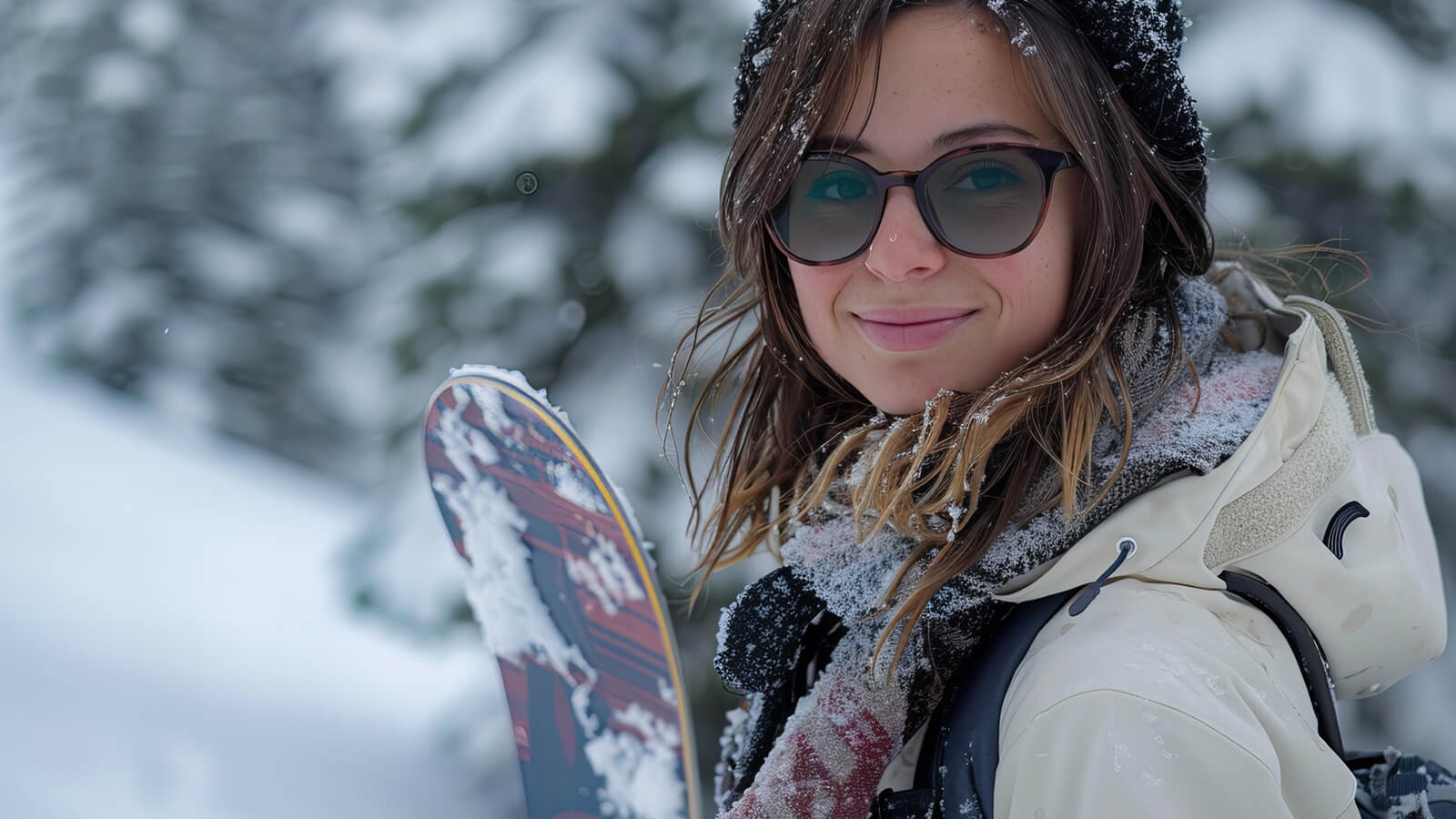
What Is Polarization?
Light functions as a wave. Normally, these waves will travel in all directions and diffuse themselves through an environment. However, this changes when they hit flat reflective surfaces, like ice or snow. The waves start to travel horizontally when this happens.
When this happens, it creates what's called polarized light, and it's why you have difficulty seeing when the sun hits the snow.
To combat this, polarized lenses filter this specific type of light. It blocks the harsh horizontal waves without blocking out all light, so you can still see with them on.
Why Winter Conditions Create Brutal Glare
You might be thinking, sure, light-hitting snow creates harmful waves that make it difficult to see, but does that happen in summer too?
It's a good point, but the truth is summer glare just doesn't compare to winter glare for a few key reasons.
Firstly, snow is basically a mirror, and when it snows, it covers everything in sight. So while in summer you can get some brutal glare off water surfaces, or buildings, these surfaces aren't literally everything around you like they are when it snows.
Another aspect of brutal winter glare is that the sun sits much lower in the sky during winter. This changes the angle at which the light hits you and surfaces. It creates more direct reflection, for longer periods, meaning golden hour in summer is more like glare all day in the winter.
The most challenging part about winter glare is the white on white you get during the snowy months. Our eyes and brain require contrast to orient ourselves along distance and depth. When everything is white on white, it becomes very difficult for our brain to process and leaves us blind.

What Polarized Lenses Actually Do During Winter
Improved Contrast on White Terrain
Fundamentally, polarized lenses are trying to increase contrast to help us see better. By filtering out horizontal waves, they allow us to see the detail and terrain in greater detail. From ski slopes to roads, everything becomes a little bit clearer thanks to the extra contrast provided by the lens.
Reduced Eye Strain and Fatigue
When you squint through glare all day, your eyes work overtime. The muscles around your eyes tense up. You get headaches. By afternoon, you're exhausted.
Polarized lenses remove that strain. Your eyes can relax. You stay focused longer. You feel better at the end of the day.
True Color Perception
When glare hits, it's sometimes called a whiteout because color is washed out, shadows are eliminated, and everything becomes flat and featureless.
When we introduce polarized lenses, these colors return and with them shadows and depth. This is important when travelling in winter, such as skiing down steep slopes or driving on winding roads.
Winter Safety: Where Polarized Lenses Make the Biggest Difference
Winter Driving
Snow-covered roads create constant glare. Icy windshields make it worse. You need to see clearly to react in time.
Polarized lenses give you that clarity. You spot hazards sooner. You make better decisions. You reduce your risk of accidents caused by temporary snow blindness.
Winter Sports
Professional skiers and snowboarders use polarized lenses. There's a reason for that.
When you're moving fast down a mountain, you need to see variations in terrain. A patch of ice. A change in slope. A hidden mogul.
Better depth perception means better decisions. Better decisions mean fewer injuries.
Daily Winter Commuting
Morning sun, fresh now? That's a disaster waiting to happen on your drive in.
Polarized lenses add depth and contrast to help you see ice patches on roads and sidewalks. They reduce eye strain while you're outside and make whatever you're doing during the winter more comfortable.

Were All Polarized Lenses Created Equal?
Unfortunately not. Quality matters.
High-end polarized lenses block 90% or more of polarized light. Cheap versions? They might claim to be polarized, but barely do anything.
UV400 protection blocks 100% of UVA and UVB rays and is a strong sign of quality in a lens. Because snow amplifies UV exposure, your eyes need maximum protection from these harmful waves.
Material matters as well. Polycarbonate is impact resistance if you're out snowboarding or skiing. While glass offers the clearest optics, it adds weight and can break easily.
You May Also Like:
How to Choose Polarized Sunglasses Actually Built for Winter >>
Find Your Perfect Polarized Sunglasses for This Winter >>
The Bottom Line
Polarized lenses are necessary in winter because they help you see better and more comfortably.
Winter demands better than what you use during the summer at the beach. The conditions are tougher and more extreme. Investing in polarized lenses for winter means better safety, comfort, and performance. At Vooglam we think your eyes deserve that.

Vooglam Blog
Vooglam blog shares professional knowledge about eyeglass frames, lenses, etc., and provides help when purchasing and using eyewear products. At the same time, Vooglam focuses on fashion glasses to interpret the trend of glasses for you.

The Science of Polarized Lenses: How They Improve Clarity and Safety in Snowy Conditions
If you've ever been out on a sunny day in the snow, chances are you know all about snow glare. That painful, sometimes blinding reflection off the bright white of snow isn't just annoying; it can be e
November 26,2025
How to Choose Polarized Sunglasses That Are Actually Built for Winter: A Buying Guide
Your beach sunglasses might look great. But they won't save you come wintertime.Winter demands different lens technology. The glare is worse. The UV exposure is higher. And the conditions change by th
November 24,2025
Don't Spook Your Style: 6 Iconic Halloween Costumes with Glasses
Halloween isn't just about jumping into someone else's skin for a night—it's about finding pieces of yourself you didn't know existed. For those of us who wear glasses daily, the question isn't whethe
October 16,2025
Best Sunglasses for Content Creators: Frame Your Digital Persona
Golden hour hits different when you're a content creator. Suddenly that expensive ring light feels like dead weight, and natural sunlight becomes both blessing and curse. Here's the thing—creators nee
September 23,2025


















